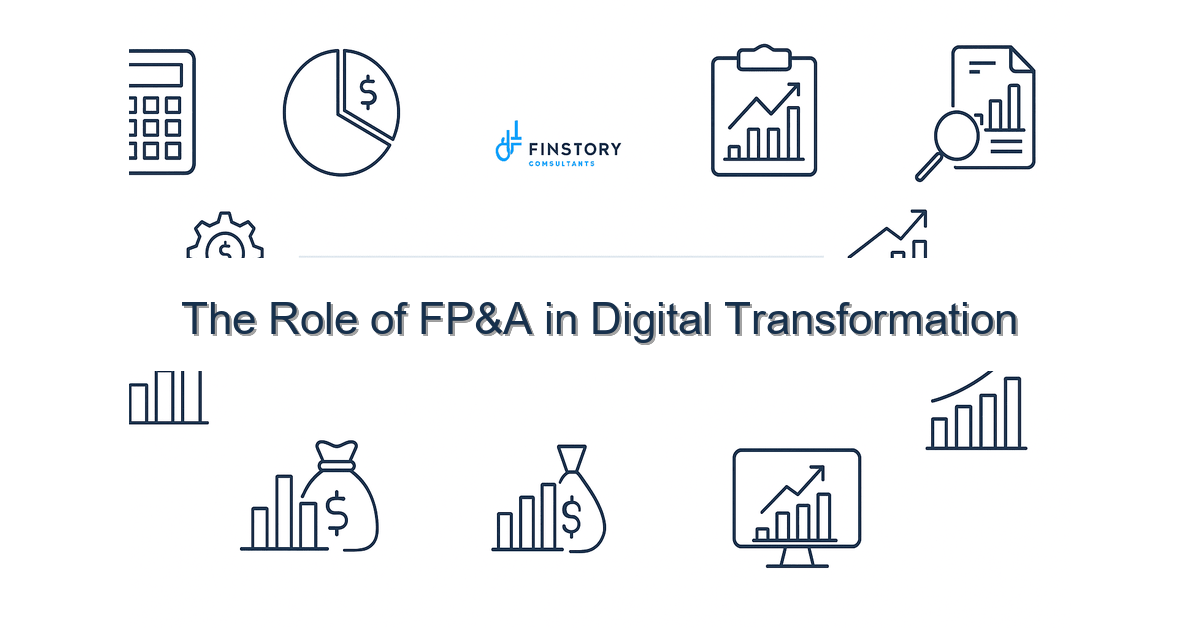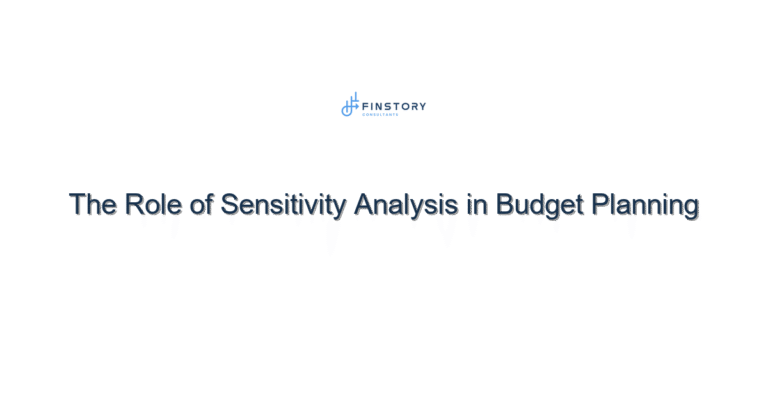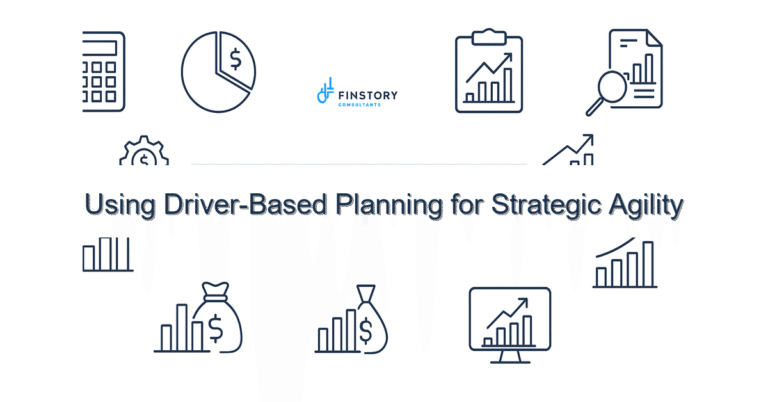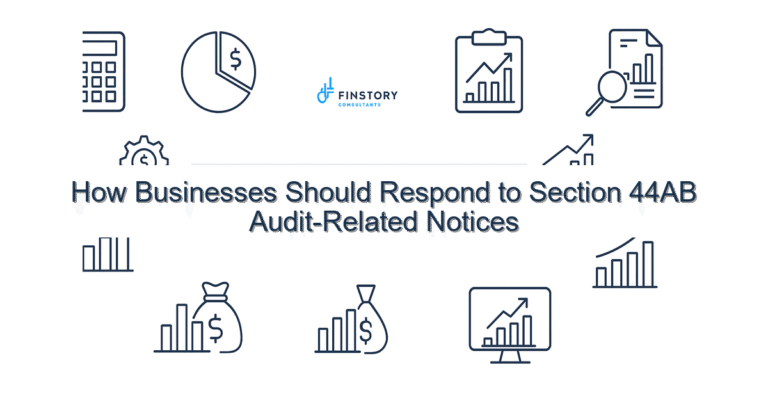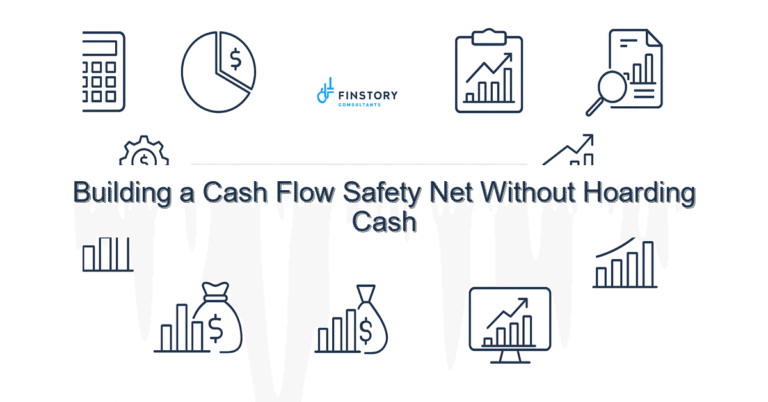The Role of FP&A in Digital Transformation
Change in healthcare feels personal. You’re managing budgets, patient outcomes, and a team that’s already stretched—while senior leaders ask for faster, smarter insights. FP&A in digital transformation is the bridge that makes those demands realistic, not just aspirational.
Summary: When FP&A leads digital transformation, healthcare organizations move from slow, error-prone reporting to rapid, scenario-based decisions—cutting budget cycle time, improving forecast accuracy, and freeing clinical leaders to focus on care.
What’s the real problem?
Too many health systems treat digital transformation as a tech project. But the real issue is decision-making. Finance delivers the numbers; operations needs meaningful context, and leadership needs timely scenarios. Without FP&A driving the change, data stays trapped in spreadsheets, reports arrive late, and decisions are defensive instead of strategic.
- Delayed budget cycles: monthly closes take too long and forecasts are out of date.
- Siloed data: clinical, billing, and supply chain numbers don’t talk to finance models.
- Low trust: frequent restatements and manual adjustments erode confidence in reports.
- Reactive planning: leaders lack scenario-based forecasts to manage volume swings or payer changes.
What leaders get wrong about FP&A in digital transformation
Leaders often assume digital transformation is IT’s job. They expect one software purchase to fix months of manual work. Or they demand a roadmap without involving FP&A early.
Common mistakes:
- Buying point solutions without standardizing data definitions—so cost-per-case from one system can’t be reconciled with revenue data from another.
- Underestimating change management. A new dashboard won’t help if end-users don’t trust the numbers.
- Reducing finance staff too early. Automation should augment FP&A, not replace domain knowledge.
A better approach
FP&A should lead with both finance and process expertise. Think of the work as three connected layers: data, models, and decisions.
- Standardize data and ownership. Create a single source of truth for patient volumes, revenue, and supply costs.
- Automate routine processes. Use finance automation to replace manual consolidations and journal entries.
- Build scenario-ready models. Turn forecasts into interactive scenarios for leadership reporting.
- Design dashboards for action. Combine Power BI visuals with targeted narratives for operational users.
- Train and embed FP&A with operations. Make finance partners to clinical and service-line leaders.
Real-world story: A regional hospital system we worked with reduced budget cycle time from eight weeks to three by standardizing definitions, automating feeds from the ERP, and introducing a scenario-based rolling forecast. Forecast error dropped 30%, and leaders used scenario outputs weekly to manage staffing and supply purchases during a seasonal surge.
Quick implementation checklist
- Map current data flows: list the sources for volumes, revenue, and costs.
- Agree on definitions: unit of care, case mix index, payer mix—document them centrally.
- Automate one manual task: start with cash forecasting or month-end consolidation.
- Set up a one-page Power BI leadership report with 3 KPIs and trend lines.
- Create a simple scenario template: base, downside, and upside for next 6 months.
- Run a pilot with one service line (e.g., orthopedics) before scaling.
- Hold a two-hour training for clinical and finance partners on reading the new dashboard.
- Establish a weekly 30-minute finance-operations sync for the pilot period.
What success looks like
Measure outcomes so the work sticks. Typical targets for a successful FP&A-led digital transformation in healthcare:
- Forecast accuracy improves by 20–40% (measured as MAPE or forecast error).
- Budget cycle time reduced by 50% or more (e.g., 8 weeks to 3–4 weeks).
- Monthly close time cut by 30–60% through automation.
- Leadership reporting cadence tightens from monthly to weekly for operational KPIs.
- ROI: 12–18 months payback from reduced agency spend, better supply purchasing, and fewer write-offs.
Risks & how to manage them
Top risks are people-, data-, and expectation-related. Here are practical mitigations.
- Risk: Data distrust. Mitigation: Publish reconciliations and lineage for key metrics; run parallel reporting during transition.
- Risk: Over-automation without validation. Mitigation: Automate in stages; keep FP&A oversight and sampling checks.
- Risk: Scope creep. Mitigation: Start with a narrow use case (cash, staffing, or one service line) and show quick wins.
Tools & data
Use the right mix of tools—don’t let tools dictate process. Finance automation handles reconciliations and journal entries. Power BI provides interactive visuals and narrative layers for leadership. A modern data warehouse or lake acts as the single source of truth, feeding models and leadership reporting.
Suggested stack for healthcare FP&A in digital transformation:
- Data warehouse (cloud) for consolidated patient, payroll, and purchase order data.
- Finance automation tools for consolidation and close workflows.
- Power BI or similar for leadership reporting and operational dashboards.
- Scenario planning tools or flexible Excel / model layer connected to the warehouse.
FAQs
Q: How long does a typical FP&A-led transformation take?
A: For a focused pilot (one service line) expect 3–6 months. Enterprise-wide rollouts usually take 9–18 months depending on data quality and governance.
Q: Do we need to replace our ERP to succeed?
A: No. You need a reliable data layer and automation around key processes. Many hospitals achieve big wins without replacing their ERP.
Q: Where should FP&A start—the data or the dashboards?
A: Start with data definitions and ownership. Dashboards built on shaky data will fail to gain trust.
Q: Can we measure ROI quickly?
A: Yes. Track reduced close time, lower agency spend, improved supply purchasing, and better cash forecasting within the first 6–12 months.
Next steps: FP&A in digital transformation
If you’re ready to move beyond fragmented reports and late forecasts, start with one pilot that aligns finance and operations. Use finance automation and Power BI to shorten cycles, and embed FP&A as a decision partner to clinical leaders.
Contact Finstory for a short, no-pressure review of your FP&A processes. We’ll identify a high-impact pilot, outline the data work, and show the expected gains.
Read more: FP&A best practices | Finstory Finance Automation | Power BI for healthcare leaders
Work with Finstory. If you want this done right—tailored to your operations—we’ll map the process, stand up the dashboards, and train your team. Let’s talk about your goals.
📞 Ready to take the next step?
Book a 20-min call with our experts and see how we can help your team move faster.
Prefer email or phone? Write to info@finstory.net
or call +91 44-45811170.
